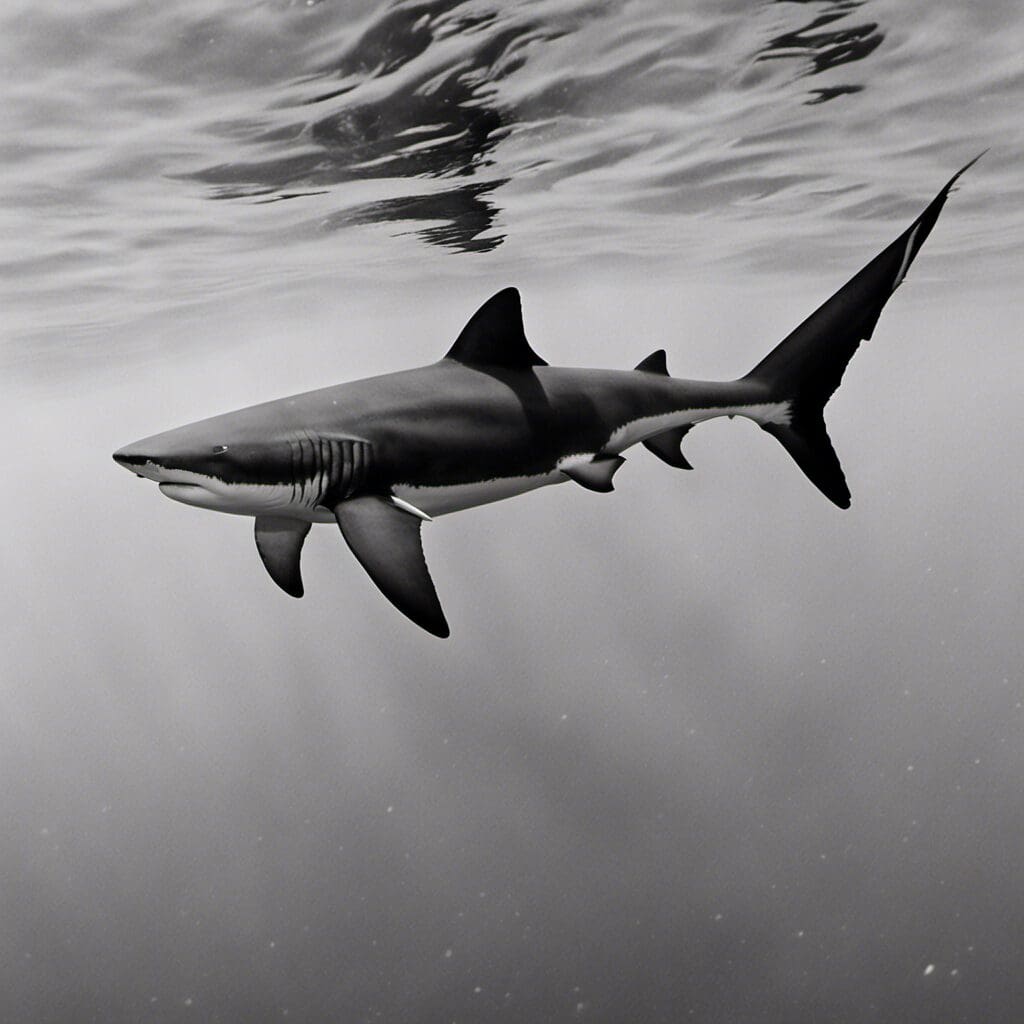Introduction
The Oceanic Whitetip Shark, scientifically known as Carcharhinus longimanus, hails from the family Carcharhinidae. Known for its predominantly white-tipped rounded fins, this species is a large, pelagic shark inhabiting tropical and warm, temperate oceans.
Conservation Status
Currently, the Oceanic Whitetip Shark is considered “Critically Endangered” by the International Union for Conservation of Nature (IUCN). Conservation efforts are focused on limiting fishing activities in regions where the species is most commonly found and raising awareness about its dwindling numbers.
| Statistics | Value |
|---|---|
| Average Length | 3 meters (10 feet) |
| Length Range | 1.8-4 meters (6-13 feet) |
| Average Weight | 167 kg (370 lbs) |
| Weight Range | 123-200 kg (271-441 lbs) |
| Average Lifespan | 15-20 years |
Distribution
This species resides extensively across the worldwide oceans, with a tendency to stay away from coastal regions. Key regions include the Caribbean Sea, the Gulf of Mexico, around Hawaii and the eastern Pacific Ocean. Oceanic whitetip sharks are known to undertake long transoceanic migrations but the patterns are not regular or clearly understood.
Habitats
Oceanic Whitetip Sharks live predominantly in the open sea, favoring warm, deep waters. They prefer waters ranging from the surface to 152 meters deep and with a temperature range of 20 to 28 degrees Celsius.
When and Where to See
They are typically spotted during warmer months when the water’s surface temperature increases. Their movements during the day are usually dictated by the sun’s position – they are most active during dawn and dusk.
Best Fishing Locations
Best areas to find these sharks are typically offshore regions of tropical and warm waters. Premier locations include:
- Gulf of Mexico
- Caribbean Sea
- Around Hawaii
- Eastern Pacific Ocean
When in these regions, try chumming the water to attract the shark, this species is known to be opportunistic.
How to Catch
Although catching them is now legal in very few places due to restrictions, they are relatively easy to catch if permitted. Bait preferences lean towards oily fish such as mackerel, and fishing can be best during dawn or dusk in warmer months.
Identification Guide
The most striking feature of the Oceanic Whitetip Shark is its long rounded pectoral and dorsal fins which feature notable white tips. Its body is predominantly grey-brown and the underbelly is usually light. It differs from similar species due to these traits and its habit of living offshore.
Behavior
The Oceanic Whitetip Shark is an opportunistic predator that feeds primarily on squid, stingrays, barracuda, and even sea turtles. They are solitary by nature, usually being found alone or in pairs. This shark species is known for its aggressiveness and tenacity.
Predators and Threats
Natural predators include other larger shark species. The human-induced threat consists mainly of fishing for commercial purposes where it is used in shark fin soup, fishmeal, and liver oil.
References and Further Reading
- Florida Museum of Natural History – Oceanic Whitetip Shark
- FishBase – Carcharhinus longimanus
- Elasmodiver – Pelagic Sharks

